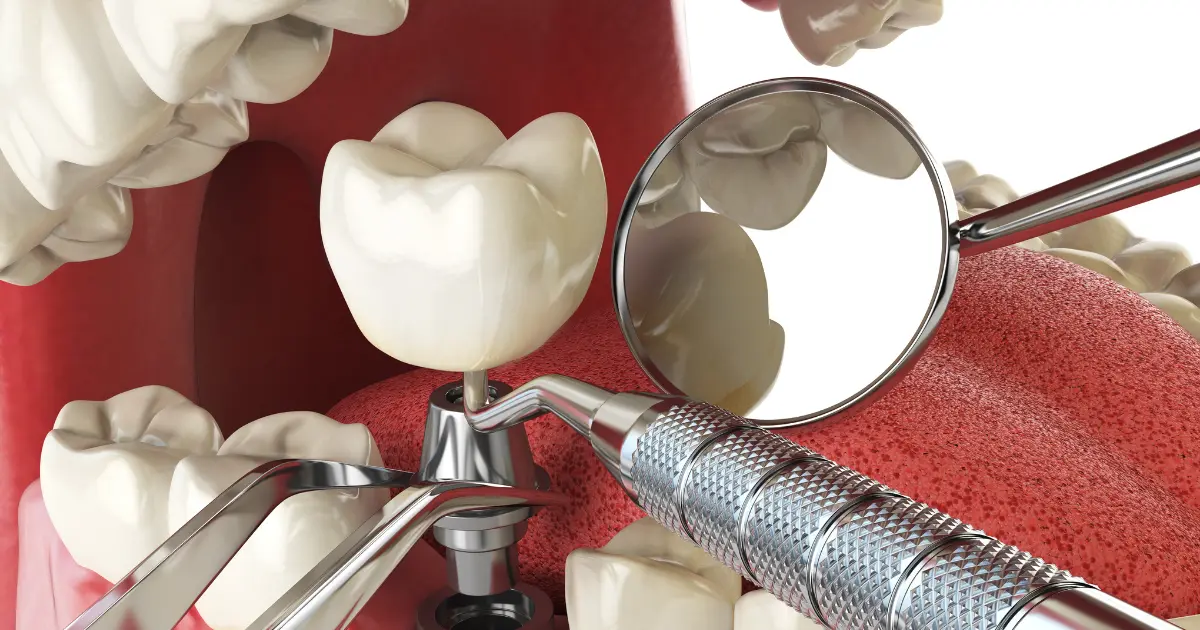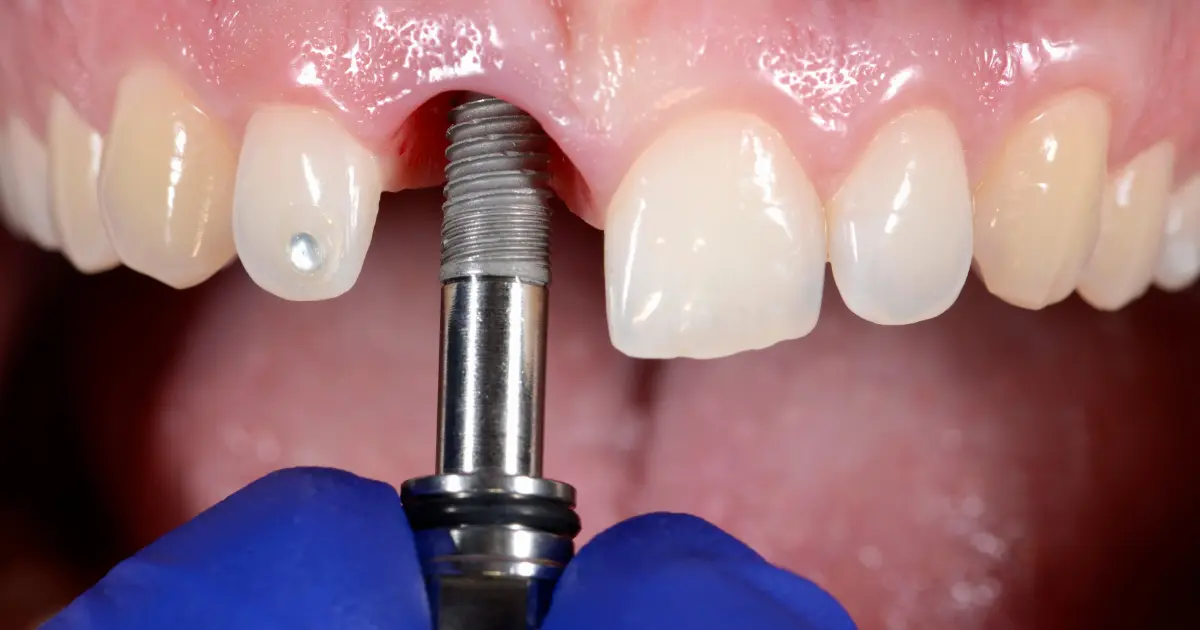Implant Teeth
Embarking on the journey to a radiant smile can often feel overwhelming, especially with the surge of dental procedures available. One solution that has been a game-changer in the landscape of dentistry is the implant tooth. In this comprehensive guide, we’ll shed light on this revolutionary procedure and demonstrate how our expert team at Zenit Dent can assist you through this transformative journey.
How Does an Implant Tooth Work?
The magic of an implant tooth lies in its simplicity and elegance. Rooted in the jawbone, it mimics the natural structure of a tooth. The base, made of titanium, serves as the new root. Above it, a connector, or abutment, holds the crown—the visible part that perfectly emulates a natural tooth. This symbiotic blend of components ensures the implant tooth stands strong, just like the real deal.
Benefits of Implant Teeth

The marvel of implant teeth extends far beyond their aesthetic appeal. Here are some remarkable benefits:
- Improved Oral Health: Unlike other dental procedures that might affect neighboring teeth, implants stand alone, allowing you to maintain better oral hygiene.
- Durability: With proper care, implant teeth can last a lifetime. They’re truly a long-term investment in your smile.
- Enhanced Comfort: Implants feel and function like your own teeth, offering a level of comfort that other solutions might not provide.
- Better Speech: Poor-fitting dentures can cause speech problems. Implant teeth, on the other hand, let you speak without worry.
Types of Implant Teeth
Not all smiles are created equal, and neither are implant teeth. Here are some of the main types:
- Endosteal Implants: These are placed in the jawbone, offering a sturdy and reliable solution for most patients.
- Subperiosteal Implants: Sitting on top of the jawbone but under the gum, these are ideal for patients with shallow jawbones or those who don’t want a more invasive procedure.
- Zygomatic Implants: The most complex type, these are placed in the cheekbone rather than the jawbone, suitable for patients with insufficient jawbone density.
Who is a Candidate for Implant Teeth?
Are you a potential candidate for implant teeth? The answer is likely yes! Most adults with missing teeth are suitable candidates. However, you want to have healthy gums and enough jawbone to aid the implant. Factors like chronic illnesses, smoking, and overall oral hygiene can have an impact on the success of the procedure. It’s always best to consult with a trusted dental professional like our team at Zenit Dent to determine the best course of action for you.
The Implant Teeth Procedure

The procedure for implant teeth varies based on individual needs and the type of implant chosen. Generally, it involves several steps: consultation and planning, placement of the implant, healing and growth of the jawbone around the implant, placement of the abutment, and finally, the attachment of the custom-made crown. The process requires time and patience, but the end result—a beautiful, confident smile—is well worth the wait.
Undergoing a implant tooth procedure might seem intimidating at first glance. But with the right guidance and support, it can be a smooth and empowering journey. Zenit Dent is here to help you navigate through your options and assist you in making the decision that best fits your needs. With our skilled professionals and state-of-the-art technology, we assure you a comfortable experience that will transform your smile and boost your confidence.
1. Initial Consultation and Examination
During your initial consultation, the implant dentist will conduct a comprehensive examination of your oral health. This includes assessing the condition of your teeth, gums, and jawbone. X-rays or CT scans may be taken to evaluate the bone density and determine the best placement strategy for the implants.
2. Treatment Planning
Based on the examination results, the implant dentist will improve a personalized treatment design tailored to your specific needs. This graph will outline the number of implants required, the kind of implant teeth recommended, and any additional procedures, such as bone grafting or sinus augmentation, that may additionally be necessary to ensure a profitable outcome.
3. Implant Placement
The next phase involves the surgical placement of the implants. This procedure is typically performed in the dental office under local anesthesia. The implant dentist will create small incisions in the gum tissue to access the jawbone and carefully insert the implants. The incisions are then sutured, and a protective cover may be placed over the implants to facilitate healing.
4. Osseointegration
After the implants are placed, a healing period of several months is necessary to allow for osseointegration. During this time, the bone naturally fuses with the implant surfaces, creating a strong and stable foundation. The dentist will provide instructions on proper oral hygiene and dietary restrictions to promote optimal healing and osseointegration.
5. Abutment Placement
Once osseointegration is complete, a minor surgical procedure is performed to place abutments. These are small connector pieces that protrude through the gum line and provide support for the final restorations. The gum tissue is then given time to heal around the abutments.
6. Restoration Placement
After the gums have healed, the final step is to attach the custom-made artificial teeth to the abutments. These restorations can be individual crowns, bridges, or even full arches of prosthetic teeth, depending on the specific treatment plan. The dentist will ensure proper fit, alignment, and aesthetics to achieve a natural-looking and functional smile.
Recovering and Maintaining Implant Teeth

Recovery from the implant teeth procedure is generally smooth and well-tolerated. You may experience some mild discomfort, swelling, or bruising in the days following the surgery. The dentist may prescribe pain medication or antibiotics, if necessary, to aid in the healing process. Applying ice packs, maintaining a soft diet, and following post-operative instructions will contribute to a speedy and comfortable recovery.
Once your implant teeth are in place, it’s crucial to maintain good oral hygiene practices to ensure their longevity. Brushing twice a day with a soft-bristle toothbrush and using an antibacterial mouthwash can help keep the implant area clean and free from bacteria. Flossing around the implant-supported teeth is also important to prevent gum disease and implant complications.
In conclusion, an implant tooth isn’t just about replacing a missing tooth—it’s about restoring your confidence, improving your health, and enhancing your quality of life. Now that you have a better understanding of how implant teeth work, their benefits, types, candidacy, and procedure, you’re well-equipped to take the next step in your dental health journey. Remember, a confident smile is the most beautiful accessory you can wear. Let us help you wear it with pride.






